Dummy loads are important tools for hams that are into homebrewing, but they have applications beyond building your own radio. There are just times you need to transmit without radiating, and that's when you need to pull out a dummy load.
I'm going to be building two dummy loads here, both on the cheap. The smaller load is called L'il Dummy, and it's specifically for small handy-talkies (HTs) like the Baofeng. It'll be capable of sinking 5 watts and should be good for at least the 2-meter band. It'll be a metal-film power resistor mounted to an RF Biscuit board with an SMA connector for hooking directly to the whip antenna connector on the HT. I'll put it all in a nice little case made of copper pipe, because I like copper. I'd like to fill it with mineral oil for better heat conduction, but that might be hard to do.
Big Dummy, on the other hand, will be a bit more complicated. This one will be built to handle 40 watts using a bunch of 1k power resistors in parallel. They'll be connected to low-impedance copper plates and suspended in a small paint can filled with mineral oil. I'm also planning a tap for making power measurements. The load should be good for the HF bands and into VHF, and maybe even UHF. Although I'm not exactly sure how to quantify that yet.
 Dan Maloney
Dan Maloney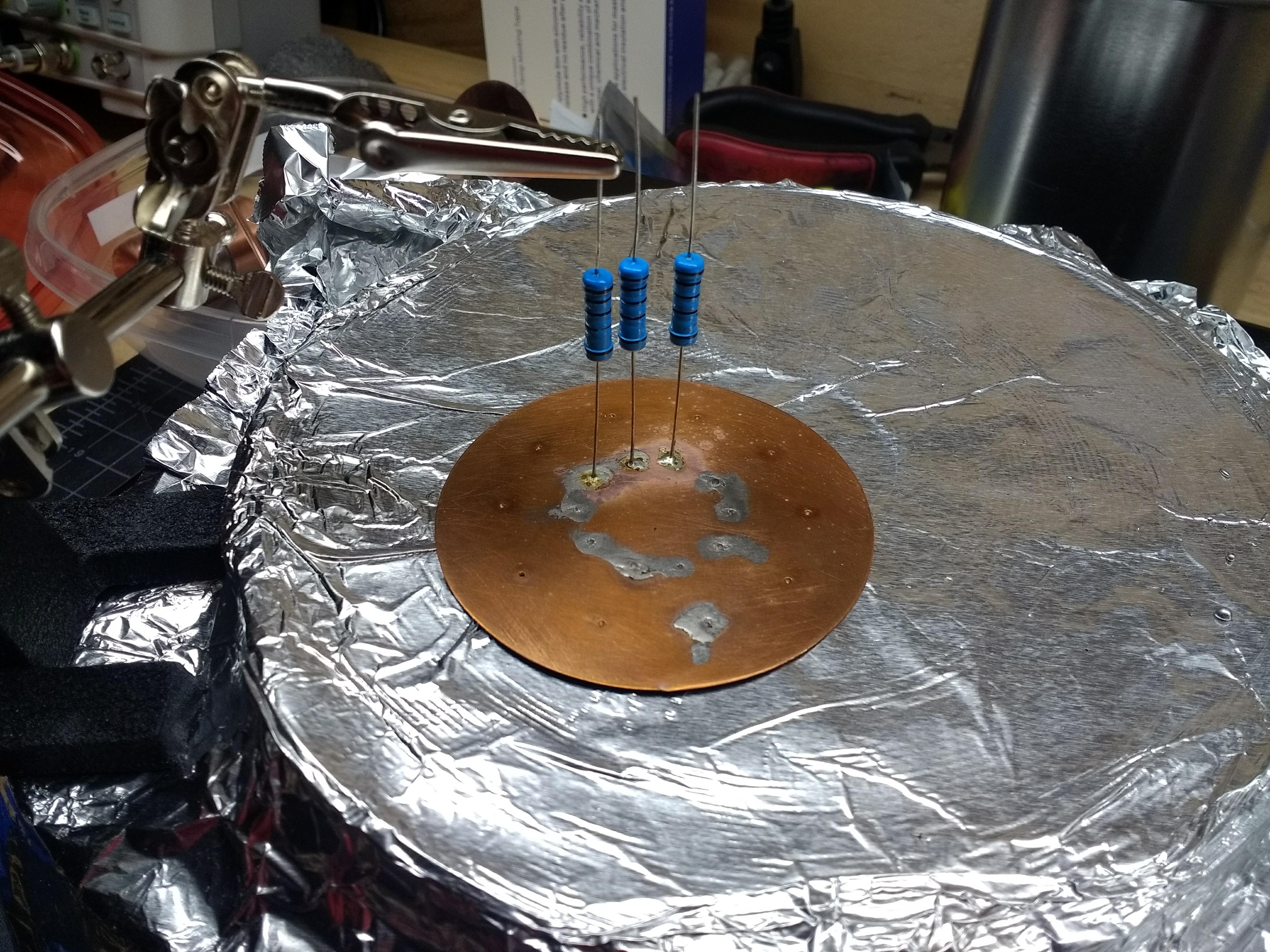
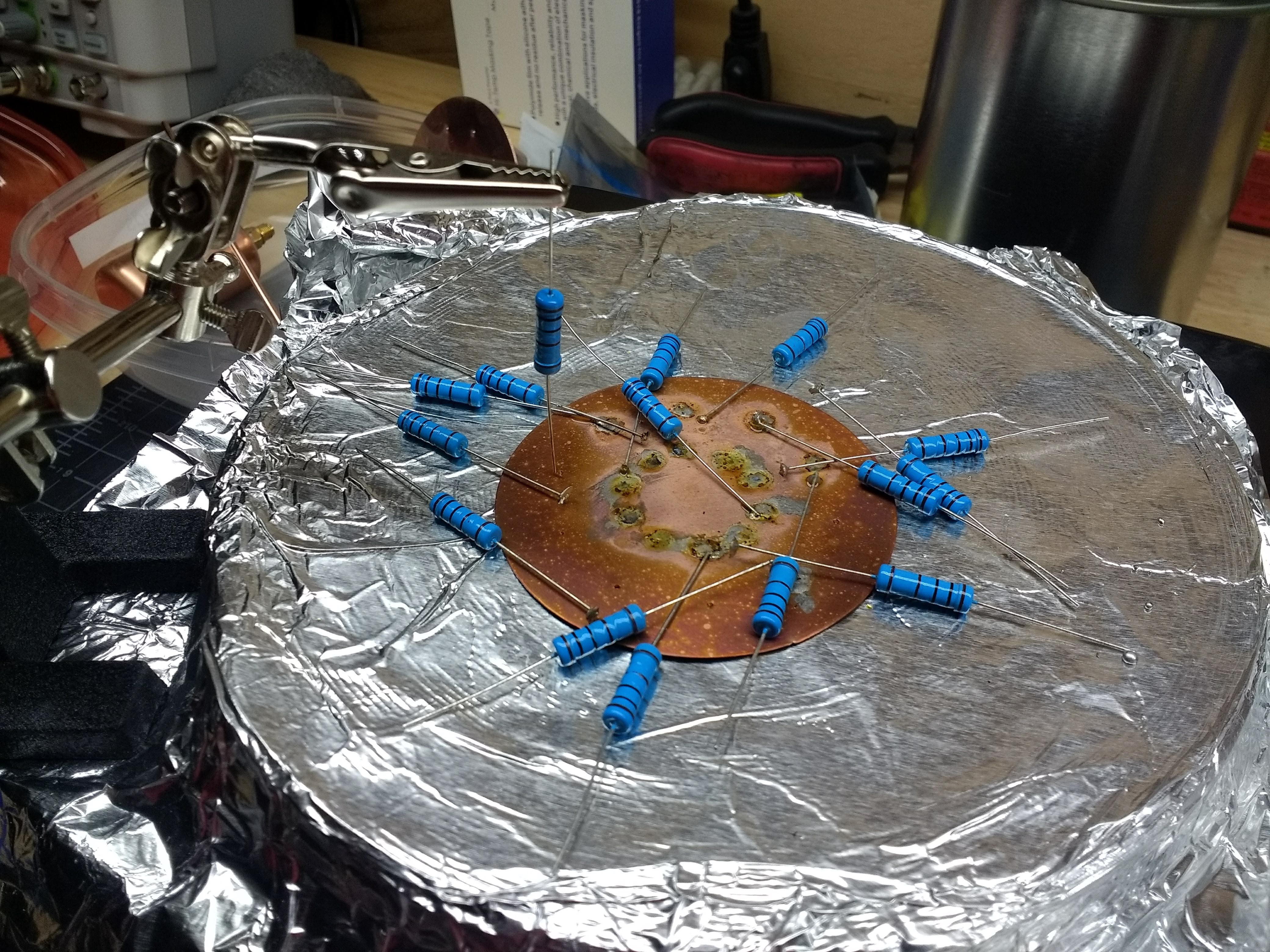
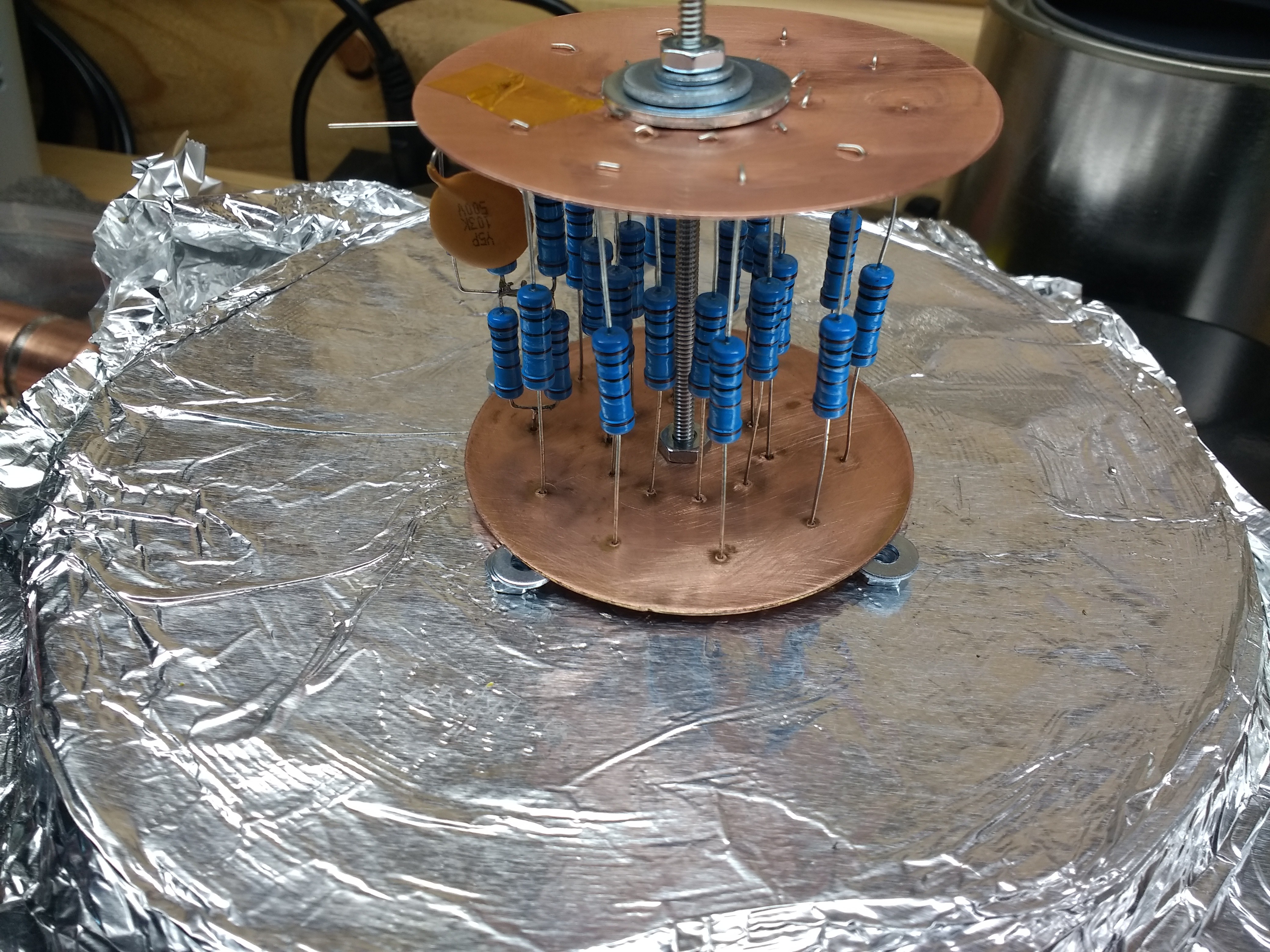
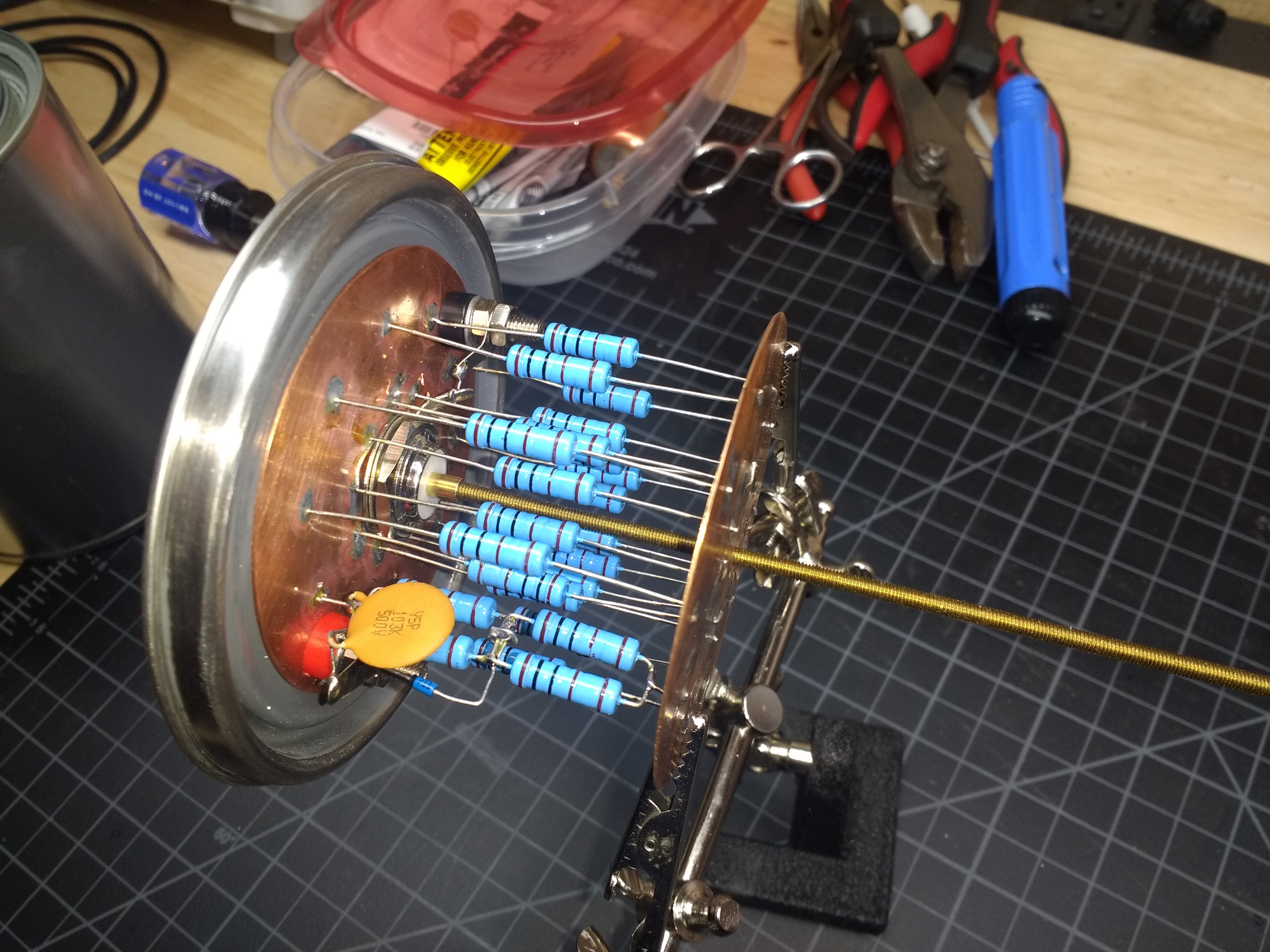
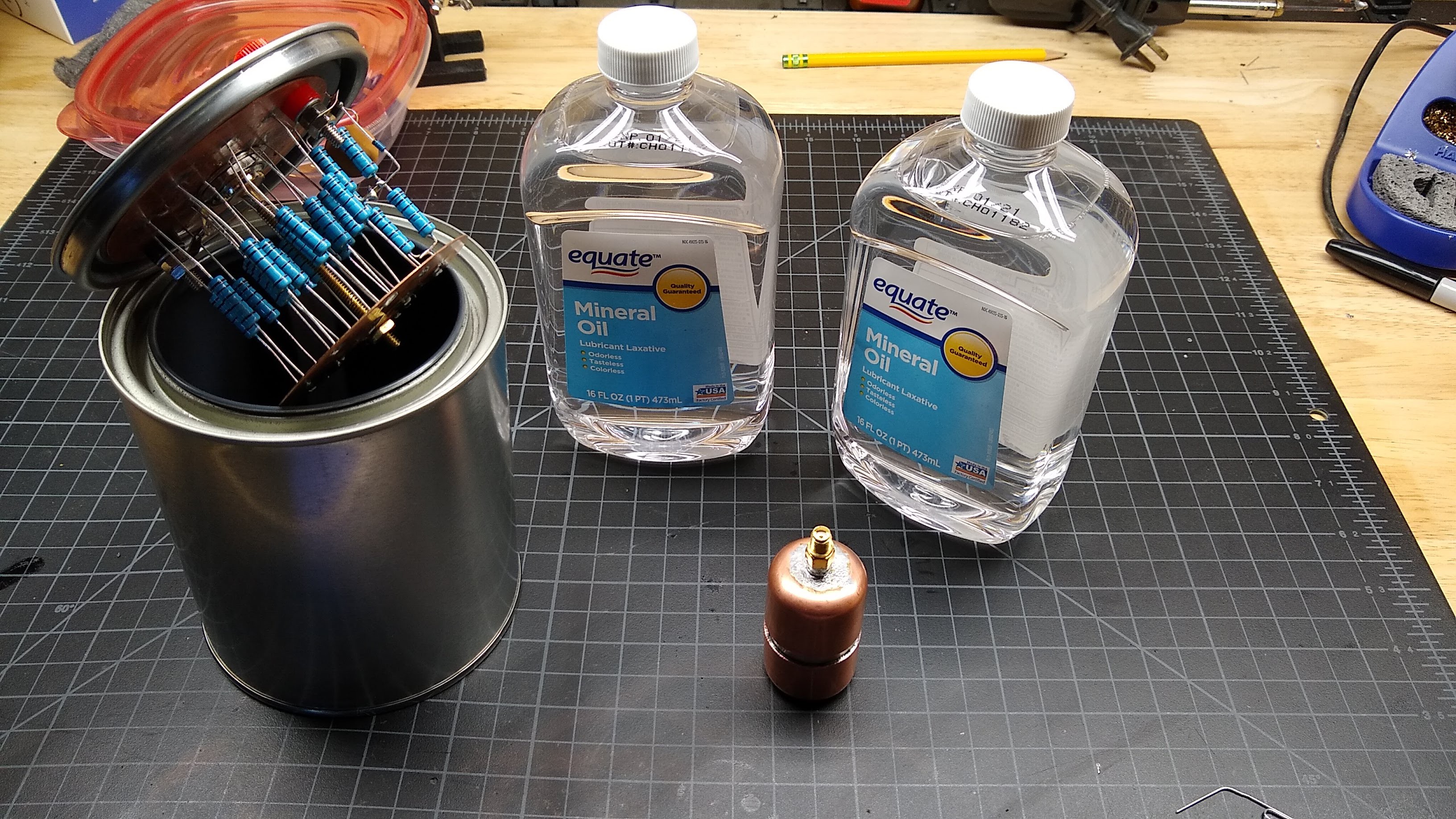

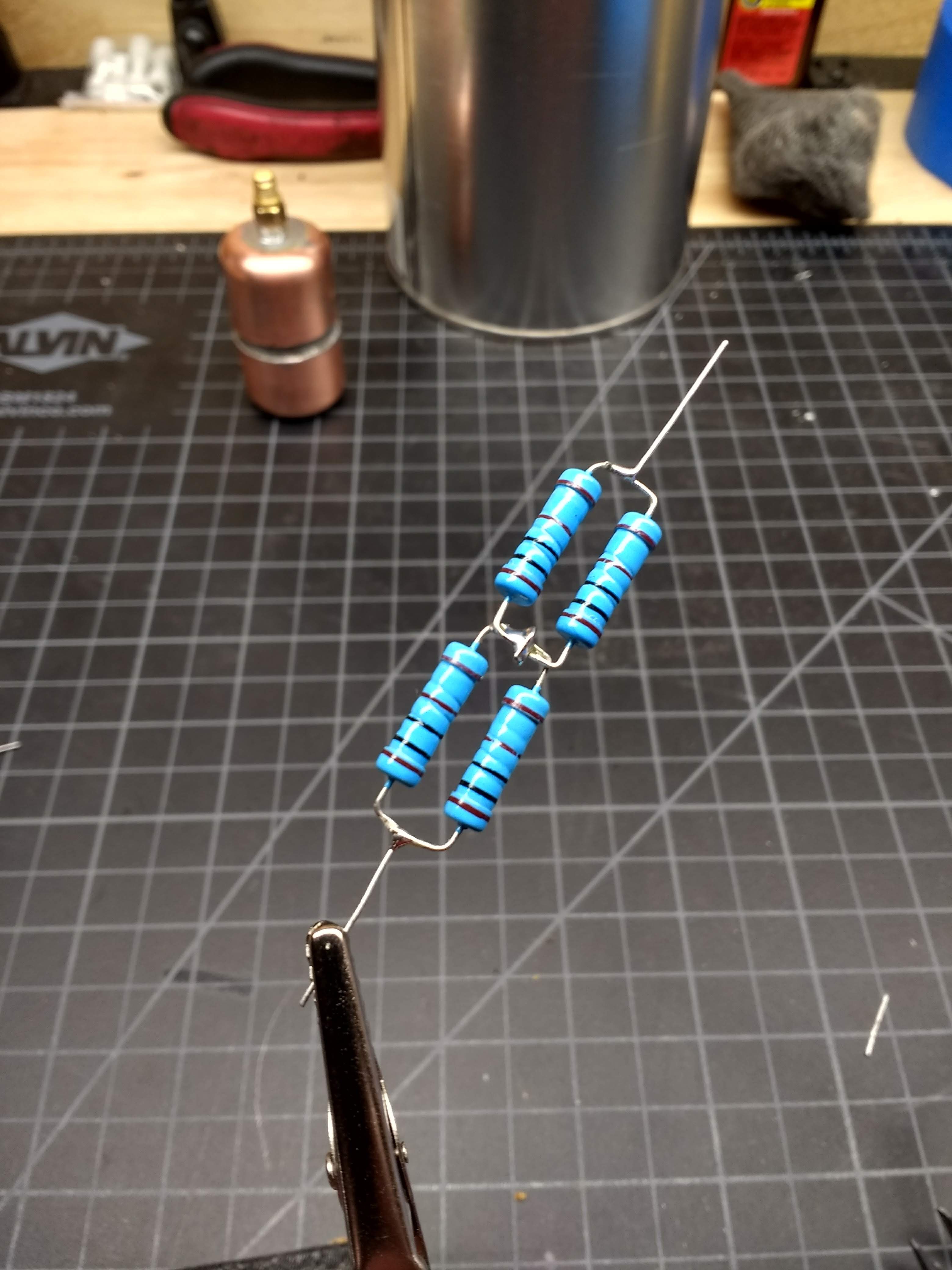
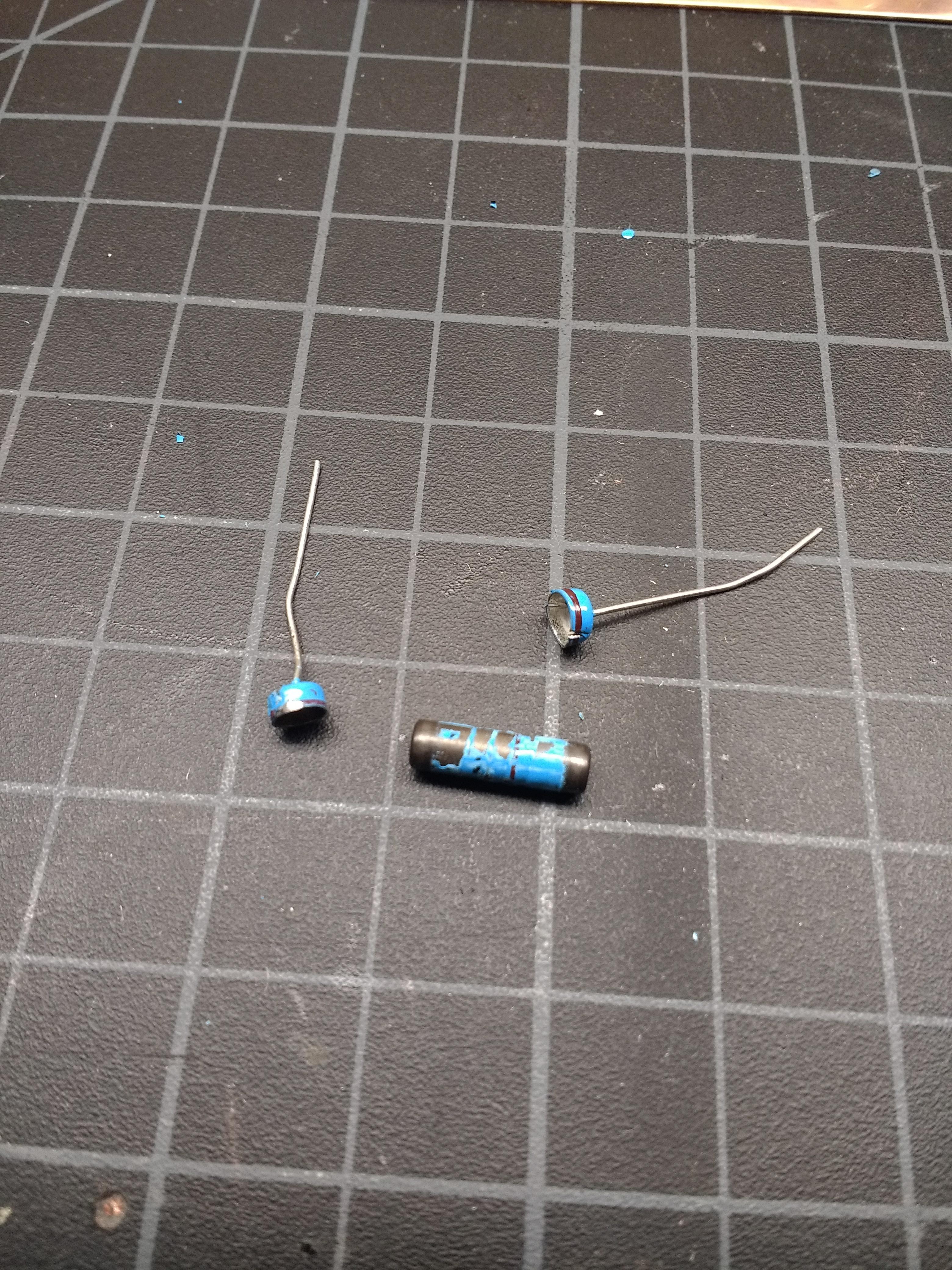
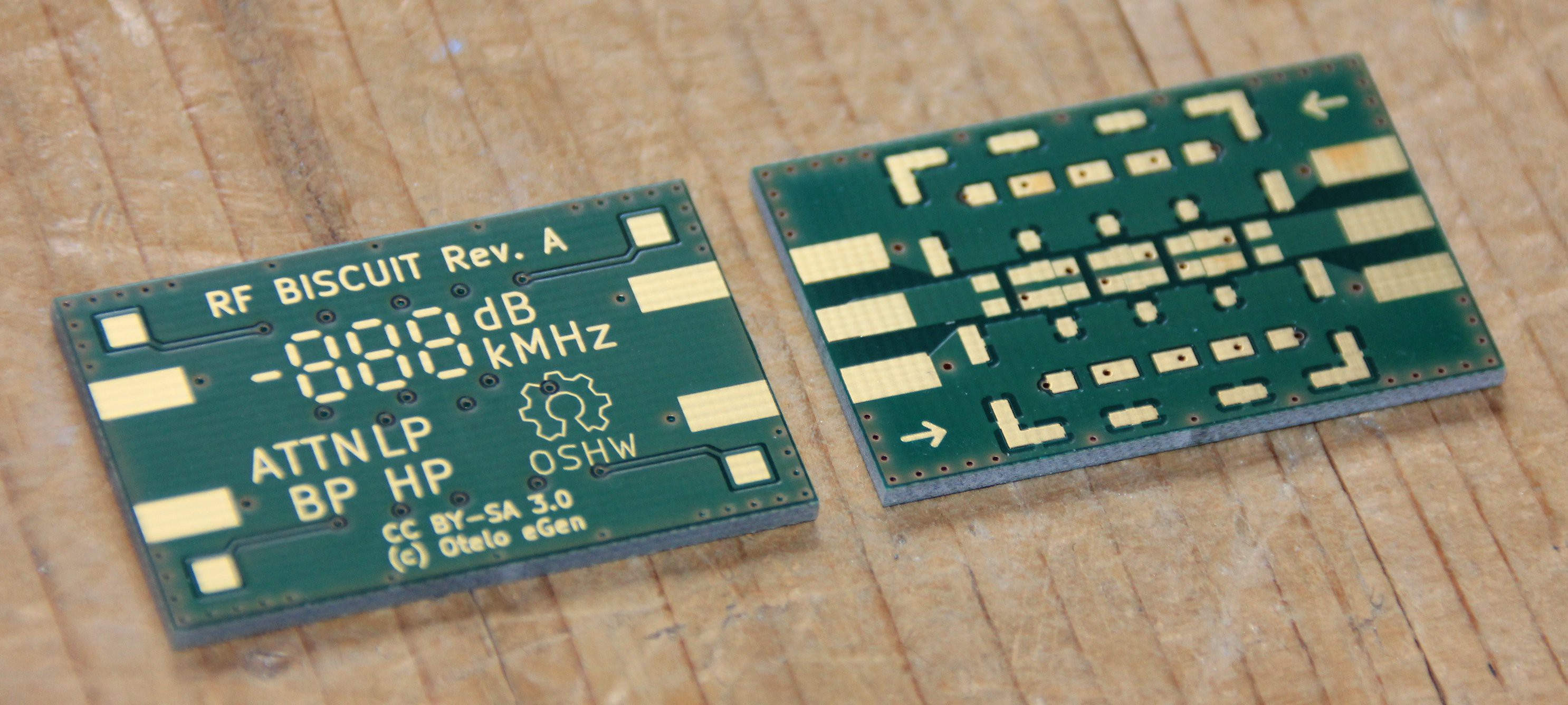
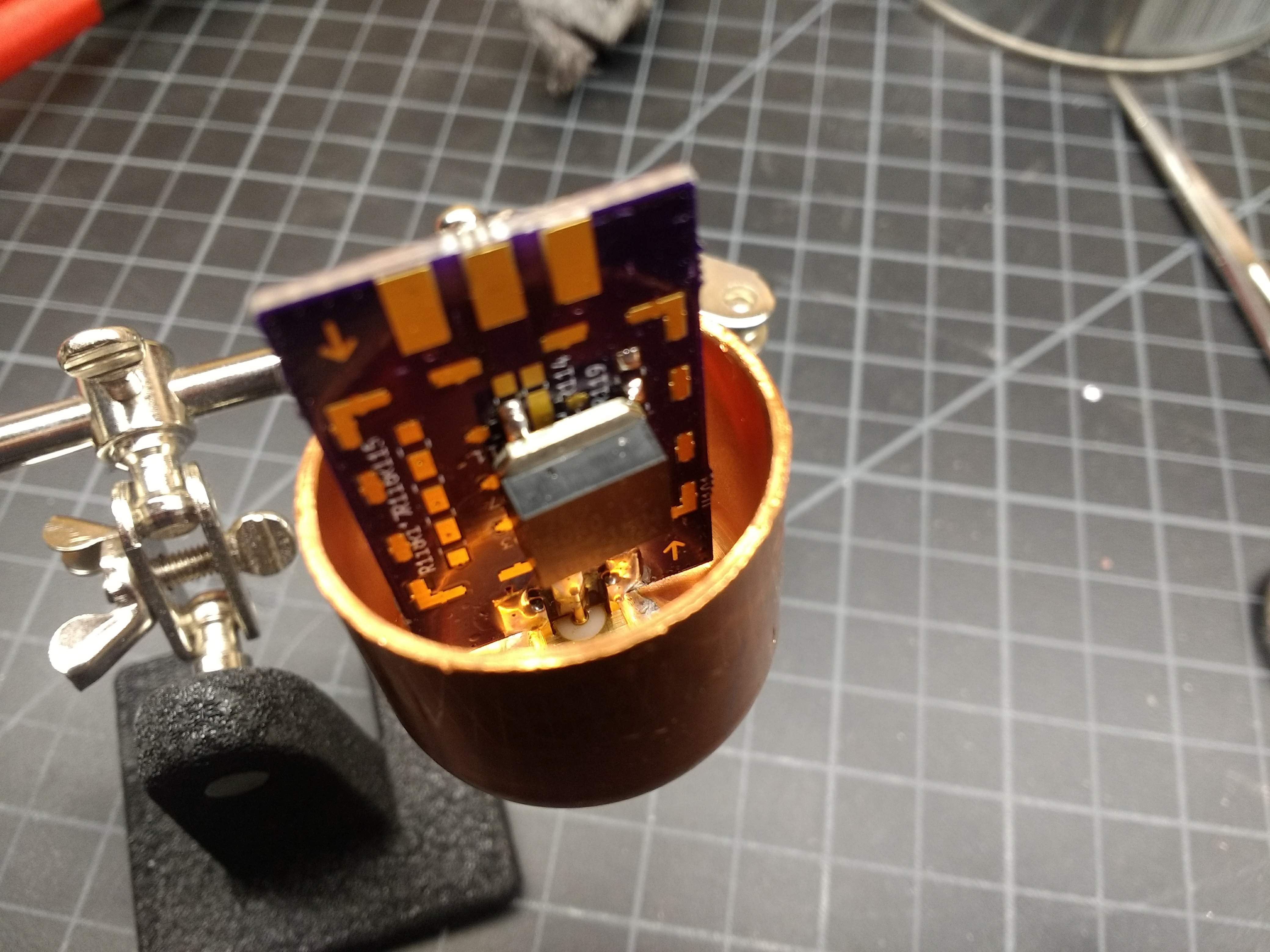
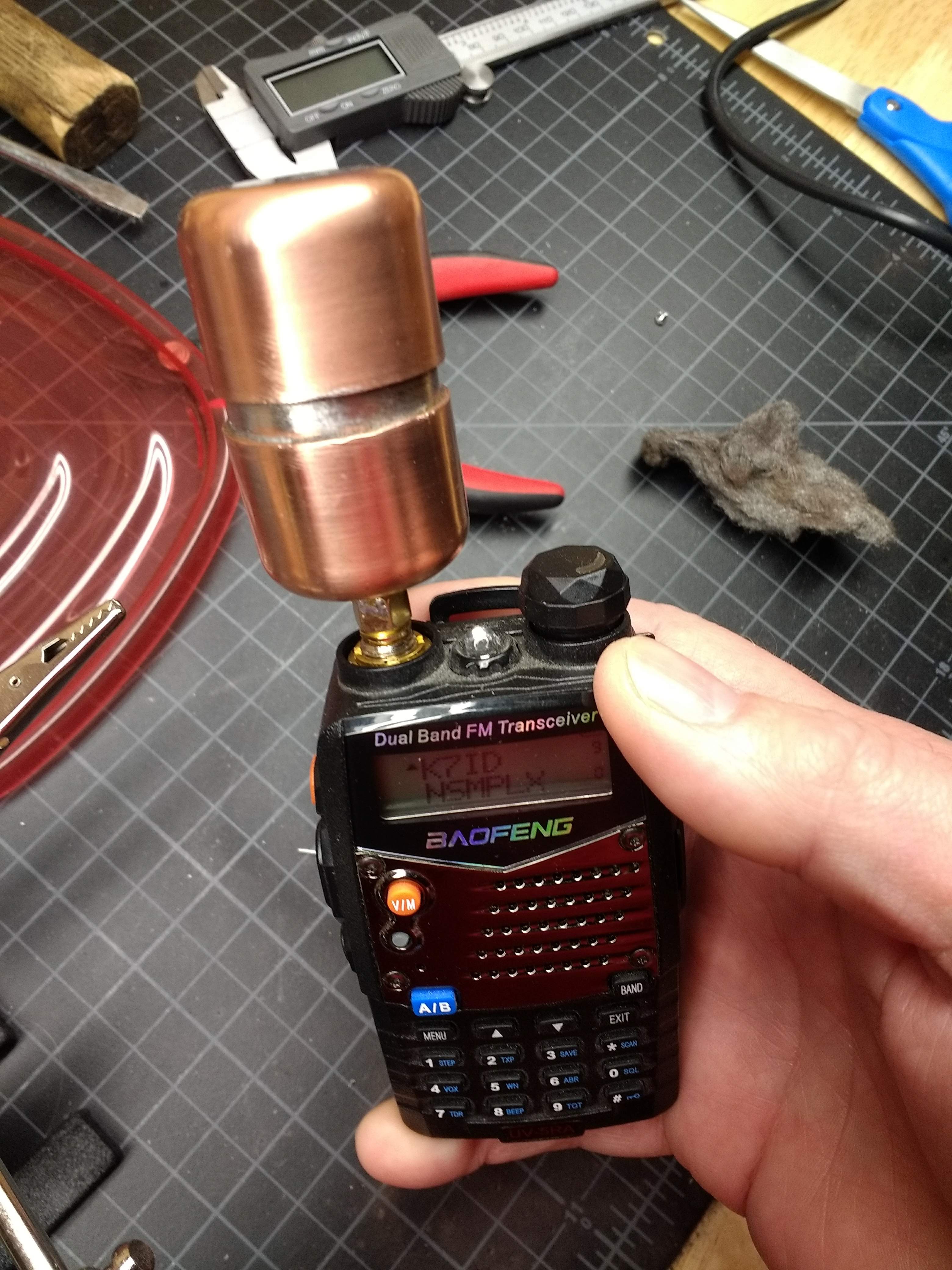



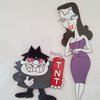

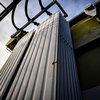
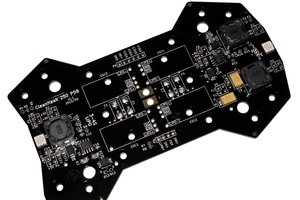
 2bluesc
2bluesc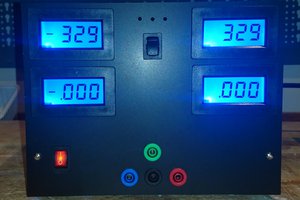
 SUF
SUF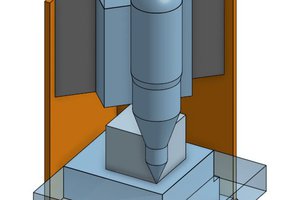
 Paul McClay
Paul McClay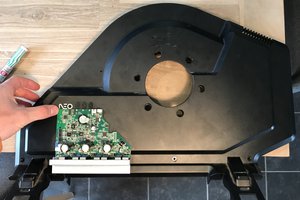
 FiftyOne
FiftyOne
What is the best way to drill the tops/lids of those paint cans so that they don't tear out?